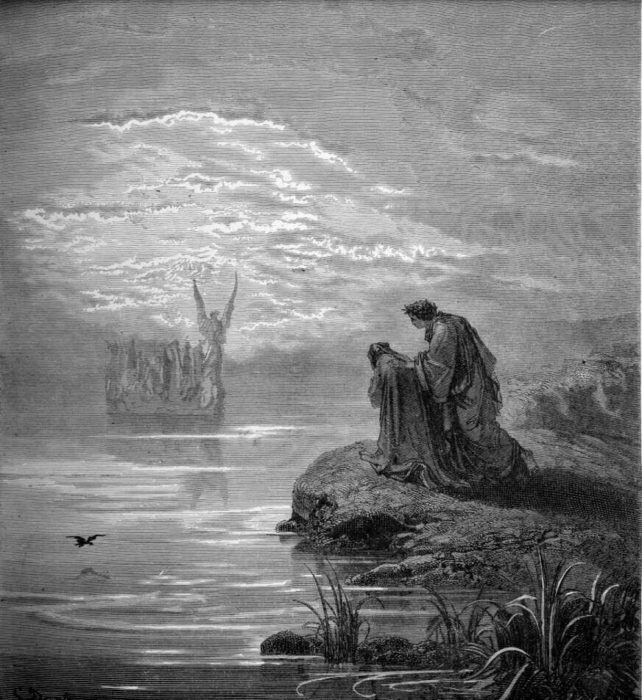How to describe something that is all around you, influencing you during every waking hour, perhaps while sleeping as well. Culture is like that, like the air you breath but completely unaware, unless you are choking. That’s precisely why I am raising the issue of culture directly, because to a great degree it is choking us, doing us harm without our knowing it.
Culture cannot be avoided, so that’s not the solution to the problem. As I will explain, human life inevitably creates a culture, multiple intersecting rings of culture as a matter of fact. Each of us lives within the intersection of those rings; thus, to do something about culture, about the harm it’s doing, you have to first become aware of what you are up against.
First, notice that culture is used to describe many things, the state of a nation, of a region, of an ethnic group, a local community, an institution, a kind of education, a family, and an individual. Just what are we referring to when we use culture in all these different contexts? Rather than provide a strict definition, it’s more useful to offer a description of what all these uses of culture have in common:
When we refer to the culture of anything, we are recognizing a specific set of values and attitudes belonging to it, values and attitudes expressed in a myriad of ways, through the arts, films, books, music, radio, TV, the Internet, the media, newspapers, manners, fashion, clothing, architecture, jokes, gestures, formal and informal education, politics, laws, jokes, customs, language, religion, commerce, business, travel, possessions, family life, sexual behavior, heroes, villains, and shared ideals.
The list above is not exhaustive, of course, but it’s long enough to suggest that everything we experience in our lived environment, even how we view the past and future, is a part of culture, a way through which values and attitudes, especially our ideals, are communicated and learned.
Most of this communication and learning happens to us without our even being aware of it — thus, the necessity of becoming aware of what culture is and how it works. Now this is the crucial point: Knowing the nature of culture, its power in shaping our lives, makes three things possible: 1) to protect yourself from its harmful influence; 2) to take part in shaping the culture in beneficial ways; and 3) to recognize the ways culture provides a way to knowing what is good, true, and beautiful, or to put it another way, all that is worthy of knowing.
Catholics have heard much in recent years about “evangelizing the culture,” which would be #2 on our list. To evangelize the culture also assumes the fact of #1, that the harmful influences of culture should be avoided whenever possible. But what is usually not recognized in the call to evangelize the culture is that you have to use culture in order to evangelize. In other words, you have to evangelize the culture through the culture. Why? Because everything you will use in the process of evangelization will belong to culture, whether it is a book, a TV or radio show, a film or video, music, or even simple speech.
In fact, all the centuries since the birth of Christ contain cultural “artifacts” that themselves embody evangelization, embody the true, good, and beautiful, transcendentals which lead back to God the Creator. Where does this leave us? It makes the task of evangelizing the culture much easier, more realistic and effective. But it also opens up the new world of evangelizing through the culture, looking up the culture around us, as itself bearing the Word being spoken.
It’s my belief that the most effective evangelization is that which can find a point of contact with as many people as possible, as many different kinds of people as possible — this doesn’t represent a mere “worldly” escapade. The way that is done is by meeting them where they are, or by drawing them toward something they find attractive, and starting them on their journey at that place.
